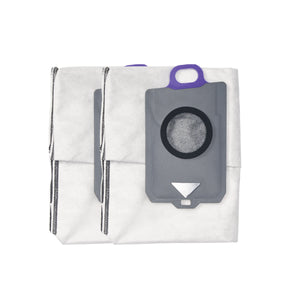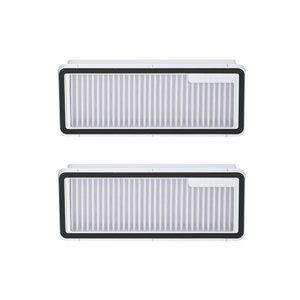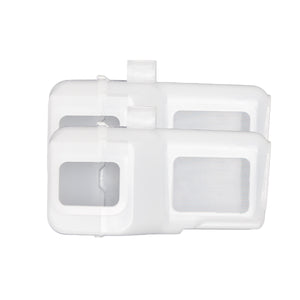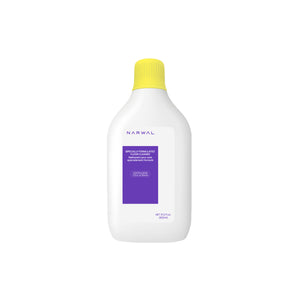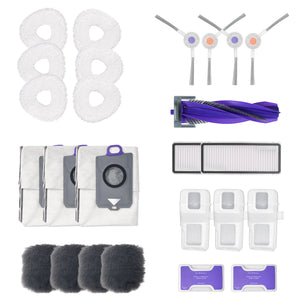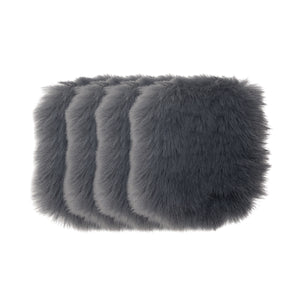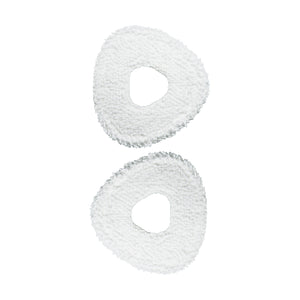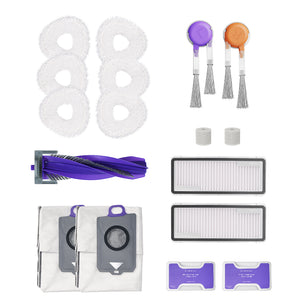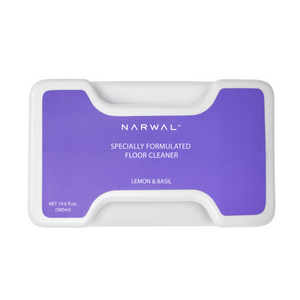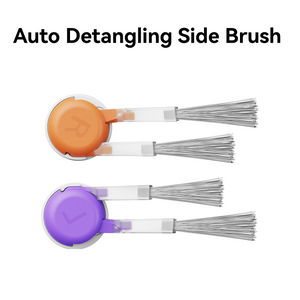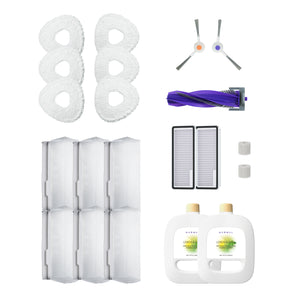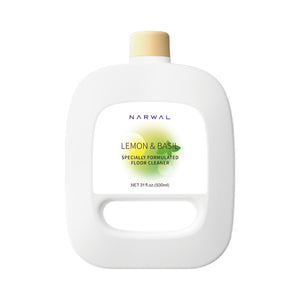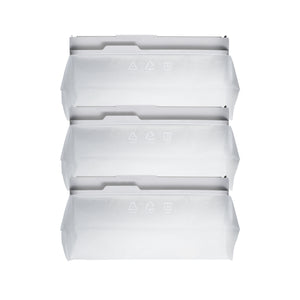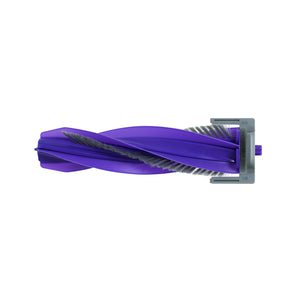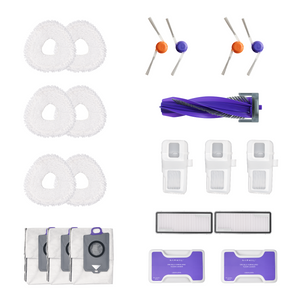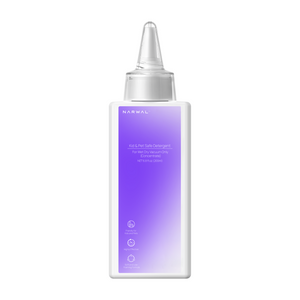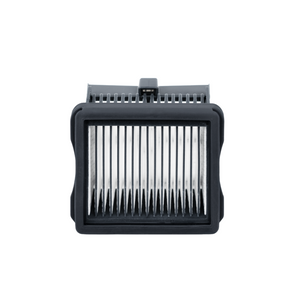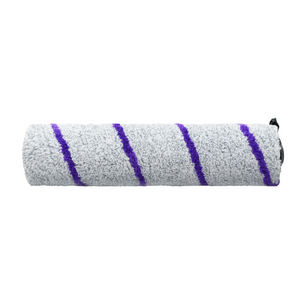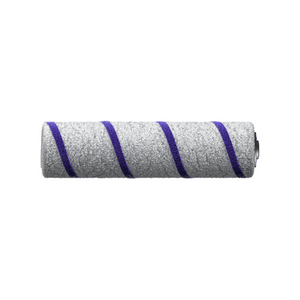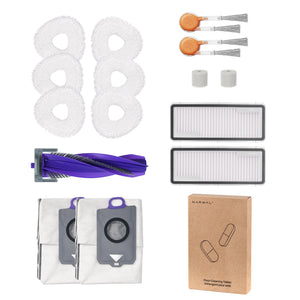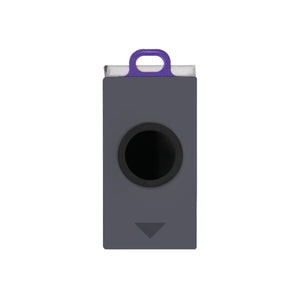Keeping your floors clean is not only about how they look—it’s also important for your home health and your flooring longevity. Different floor types need particular cleaning techniques to maintain their longevity and look.
This comprehensive guide will walk you through how to clean various floor types effectively, from laminate to linoleum, and offer helpful tips for keeping them spotless. Whether you have pets, kids, or heavy foot traffic, you’ll find advice tailored to your needs.
How to Keep Your Laminate Floor Spotless?
Laminate flooring is widely favored for its cost-effectiveness, long-lasting nature, and the realistic appearance it offers, resembling wood or stone. It’s made of several layers of compressed wood, topped with a high-definition photographic layer and a protective coating. While laminate is tough, it requires careful attention to maintain its pristine look.
Proper Ways to Clean Laminate Floors
Cleaning laminate floors requires a gentle approach to avoid harming the surface. Here’s a simple, effective method:
- Remove Dust and Debris: Regularly use a broom or vacuum to eliminate dirt and dust. A microfiber cloth or a vacuum with a non-abrasive head is best for this task.
- Mop Carefully: When mopping, use a damp mop with a cleaner that is safe for laminate. Avoid using excess water, as it can seep into the cracks and cause lifting.
- Spot Clean: For difficult spots, apply a small amount of cleaner to a microfiber cloth and carefully wipe the area. Remember not to leave any excess moisture behind.
Recommended Cleaning Tools and Solutions for Laminate
To maintain the appearance of your laminate floors, make sure to dust or vacuum every day. A simple wipe with a microfiber cloth can help maintain the shine and cleanliness. This will stop dirt from accumulating and scratching the surface over time.
Choose the cleaner designed specifically for laminate flooring. Many manufacturers offer products that are gentle yet effective, and it’s essential to follow the instructions carefully. Steer clear of cleaners containing vinegar or ammonia, as they can damage the surface and make it lose its shine.
For regular cleaning, a robotic vacuum like the Narwal Freo Z Ultra could be a game-changer, offering smart, hands-free cleaning with minimal maintenance.
How to Clean Sticky Floors?

Sticky floors can occur due to spilled food, detergent residue, or other sticky substances like melted wax or juice. Over time, these residues build up and can be hard to remove. Here are the recommended methods for sticky floors:
How to Remove Sticky Spots and Buildup?
The first step is identifying the source. If it's food or spills, clean them up immediately to avoid them becoming entrenched. For detergent residue, you might need to go over the floor with a damp mop using a mild detergent solution.
DIY Tips for Tackling Sticky Floors
For a more natural approach, mix a small amount of baking soda with water to form a paste. Apply it to the sticky area and gently scrub it with a microfiber cloth. This method is non-toxic and effective for most sticky residues.
How to Clean Linoleum Floors?
Linoleum is a versatile and eco-friendly material crafted from natural substances such as linseed oil and cork particles. It’s tough, but harsh chemicals or too much moisture can cause damage.
Best Practices for Cleaning Linoleum Floors
Linoleum floors are sensitive to water, so always avoid soaking them. The best way to clean linoleum is:
- Regular Sweeping or Vacuuming: Dust and small debris can scratch the surface, so make sure to clean the floor frequently using a broom or vacuum.
- Clean with a Mild Cleaner: Use a gentle floor cleaner diluted in warm water to mop the floor. Be sure to squeeze out the mop thoroughly to prevent excess moisture.
- Avoid Harsh Cleaning Products: Stay away from products that contain ammonia, bleach, or other strong chemicals, as they can lead to fading or even cracking of the linoleum.
DIY Linoleum Floor Cleaners and Preservation Tips
A simple homemade solution for cleaning linoleum is mixing one gallon of warm water with a small amount of dish soap. For added shine, mix in a tablespoon of olive oil. After wiping, use a gentle cloth to polish the floor and bring back its natural glow.
To maintain the appearance of linoleum, apply a linoleum floor polish periodically. Always ensure the floor is dry before walking on it to avoid any slips.
How Often Should I Mop My Floors?

How often you mop mainly depends on the kind of flooring and the amount of foot traffic it receives. Here are some general guidelines:
- Laminate Floors: Clean with a mop weekly or whenever necessary, particularly in areas with heavy foot traffic.
- Linoleum Floors: Mop every 1-2 weeks to maintain cleanliness and prevent buildup.
- Tile Floors: Tile floors with grout lines should be mopped more frequently, around once a week, to prevent grime from accumulating in the crevices.
Factors Influencing Mopping Frequency
If you have pets, children, or heavy foot traffic, you may need to mop more often. High-traffic areas like kitchens or entryways can accumulate dirt and spills quickly, necessitating more frequent mopping. A robotic mop like the Narwal Freo X Ultra could be a helpful option, ensuring a clean floor without the need for manual labor.
Signs That Your Floors Need Cleaning
- Visible Dirt and Dust: If your floors look dirty or feel gritty underfoot, it’s time to clean them.
- Sticky Residue: If you notice sticky spots, it’s crucial to clean them before they attract more dirt.
- Discoloration: If your floor has lost its shine, it's likely time for a deep cleaning to restore its appearance.
DIY Floor Cleaner for Cleaning Robots
When cleaning with a robot vacuum or robotic floor cleaner, it’s essential to use the right floor cleaner to protect both your floors and the robot. Strong cleaning agents can harm the robot's internal parts and the floor’s surface. Stick to non-toxic, eco-friendly cleaners.
Simple Recipes for Homemade Floor Cleaners
Here are a couple of easy DIY floor cleaners that are safe for robotic cleaning devices:
- Vinegar Mixture: Combine 1/4 cup of white vinegar with a gallon of lukewarm water.
- Gentle Soap Solution: For a milder cleaner, use 1-2 teaspoons of dish soap in a gallon of warm water. This is perfect for daily cleaning.
Ensuring Compatibility with Your Cleaning Robot
Before using any cleaner, check your robot's manual to ensure compatibility with certain cleaning solutions. Some robots, like the Narwal S20 Pro Vacuum Mop, are specifically designed to handle wet cleaning with minimal risk of damage to the floors or the device itself.
Simple Habits for Long-Lasting, Clean Floors
Taking care of your floors regularly is key to keeping your home looking fresh and tidy. Instead of using strong chemicals, focus on using the right tools, like a robot vacuum, for a hassle-free cleaning routine. These habits will help maintain your floors in great condition for years.
By following these simple steps, you'll not only keep your floors looking fantastic, but you'll also create a cleaner and healthier home environment. Enjoy a spotless home!





















